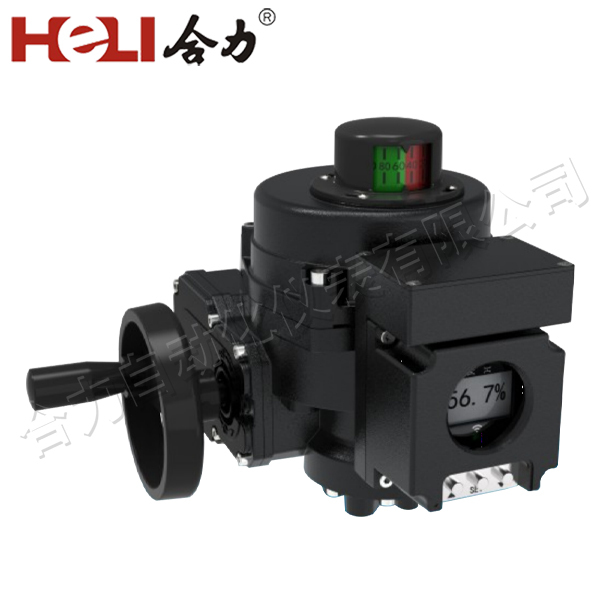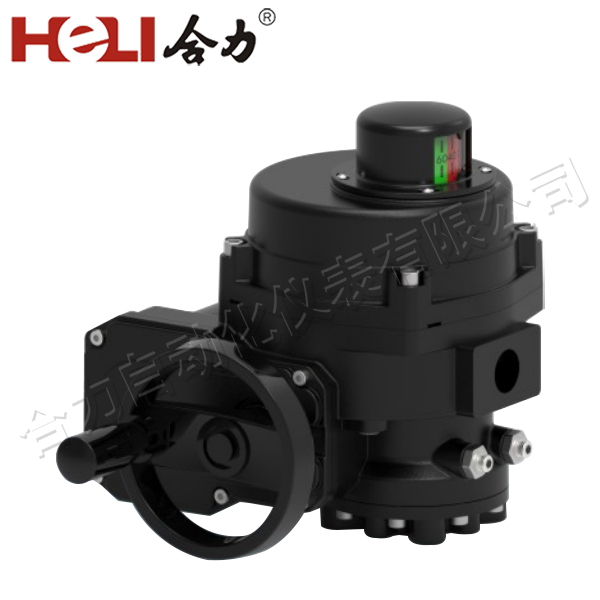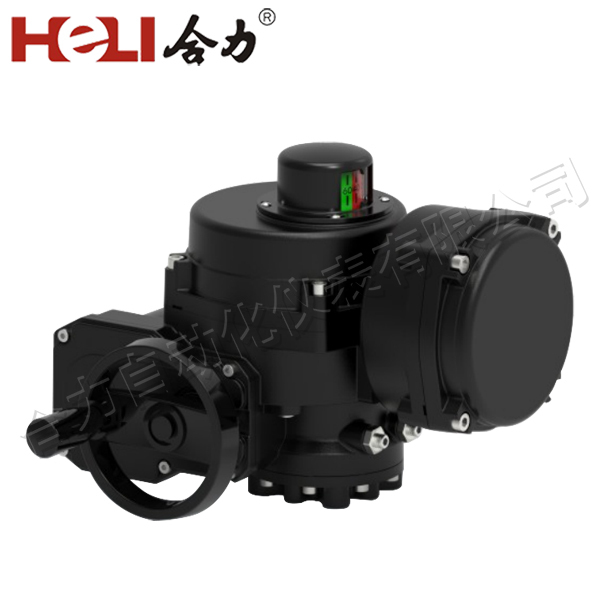Hydrogen energy is rapidly emerging as a key solution in the global transition towards sustainable power systems. As the world faces the challenges of climate change and the need to reduce reliance on fossil fuels, hydrogen offers a clean and efficient alternative. One of the most promising applications of hydrogen energy is in the field of electrical installations, where it plays a crucial role in generating, storing, and distributing electricity. This article explores the components, benefits, challenges, and future prospects of hydrogen energy electrical installations.

Key Components of Hydrogen Energy Electrical Installations

A hydrogen energy electrical installation is a complex system that integrates various components to harness hydrogen as an energy source. The primary components include hydrogen fuel cells, electrolyzers, hydrogen storage systems, and distribution infrastructure. Hydrogen Fuel Cells: These devices are at the heart of many hydrogen energy systems. Fuel cells convert hydrogen into electricity through an electrochemical reaction with oxygen, producing water as the only by-product. Fuel cells are highly efficient and produce zero emissions, making them an ideal choice for applications ranging from backup power systems to hydrogen-powered vehicles and large-scale power plants.
